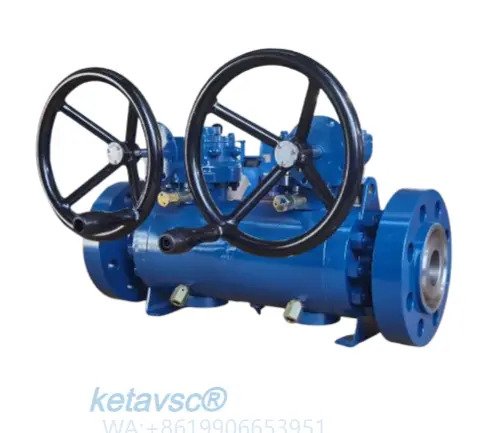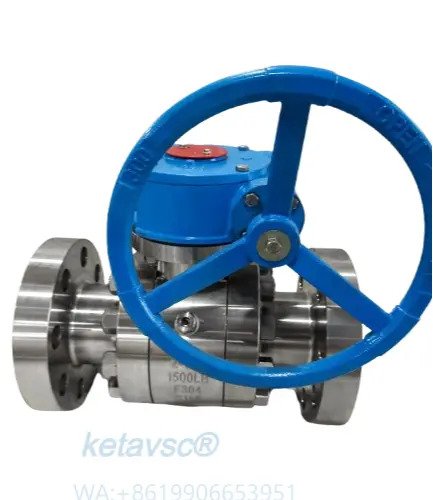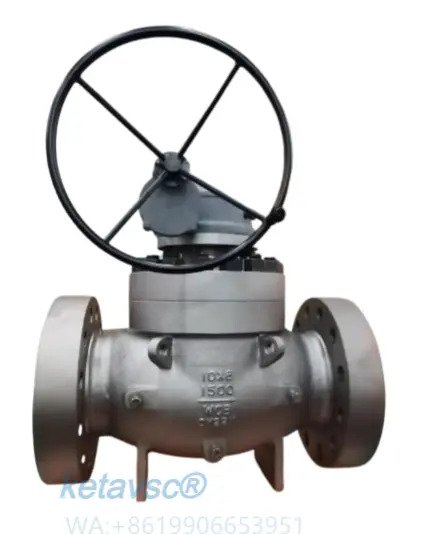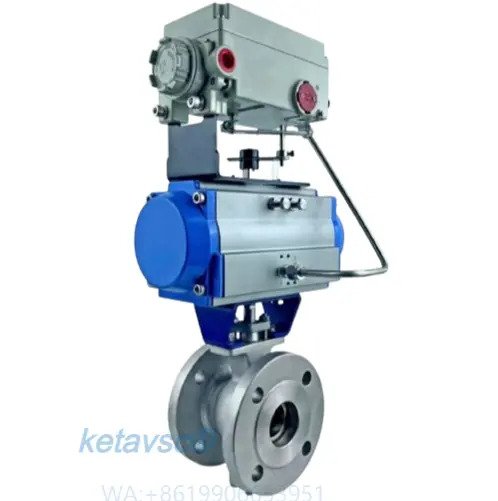DBB double block ball valve flange end
Description
Forged steel double block DBB ball valve
Design standards: API, ASME, GB, BS, JIN, DIN, EN
Connection method: flange, clamp, thread, butt welding, socket welding
Pressure range: Class150-3000lb, 1.0-42Mpa, JIS10K-40K
Size range: NPS1/2 “-40”, DN15-DN1000
Operation applicable : manual, turbine, pneumatic, electric, hydraulic
Materials applicable : WCB, A105, WC6, WC9, C12A, F91, F92, CF8, F304, CF8M, F316,CF3, F304L, CF3M, F316L, CF8C, nickel alloy, etc
Detailed introduction
The DBB seat is designed for a highly reliable dual seal and drain function. When the valve is closed, two independent seat seals work together to effectively block the flow of media at both ends of the valve. This design not only provides excellent sealing performance under normal operating conditions, but also enables leak detection through the exhaust/exhaust method in the valve body cavity.
It works as follows: In the closed position, the medium cannot flow from the upstream end of the valve to the downstream end, and vice versa. At the same time, the medium in the valve body cavity between the two seat surfaces can be safely discharged or vented by a specific design. This feature makes it possible to accurately evaluate the sealing performance of the valve during maintenance, overhaul or troubleshooting.
DBB seats are often used in applications with high sealing requirements, such as oil and gas pipelines, and critical process control in the chemical industry. Its advantage is to ensure that under extreme conditions, such as high pressure, high temperature, corrosive media and other environments, still maintain a zero leakage sealing effect, so as to ensure the safety and stability of the production process.
Features:
– Each seat of the DBB seat resists a force in one direction, called a single-piston effect seat (self-relieving seat), to discharge into the central cavity.
– Each seat of the DIB-1 is resistant to forces in both directions, called a double piston effect seat, which requires a pressure release device in the central cavity. The inlet end seat of DIB-2 is DBB, and the other end seat is DIB, which is also called single and double piston effect seat. This structure automatically releases the pressure of the middle chamber through the inlet end seat.
– Application:
– DBB seats are generally used in liquid services in waterways or near municipalities.
DIB-1 seats are typically used in applications where critical isolation is required to ensure that leaks do not occur. The DIB-2 seat is generally used in cases where the pipe requires that the medium absolutely cannot enter the downstream of the pipe after the valve is closed.
DBB and DIB seats play an important role in industrial piping systems. Their design and functional characteristics make it possible to effectively control the flow of media under a variety of complex and demanding working conditions, ensure the safe operation of the system, and facilitate maintenance and fault diagnosis. The choice of seat type to use requires a combination of factors such as operating pressure, temperature, medium characteristics, installation space, and maintenance requirements.
For more details please check out our catalog
ball valve catalog
Free quote





